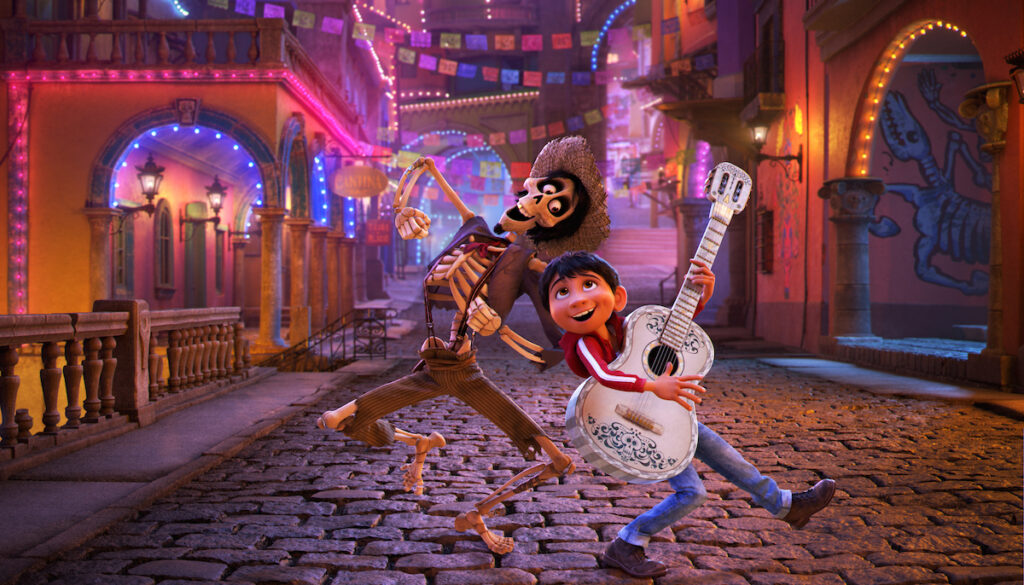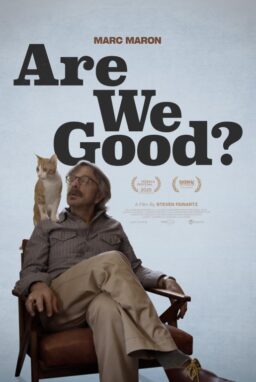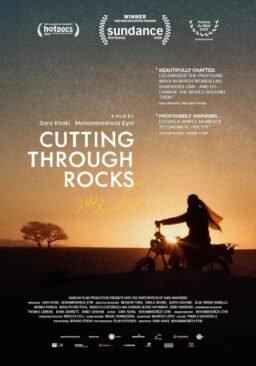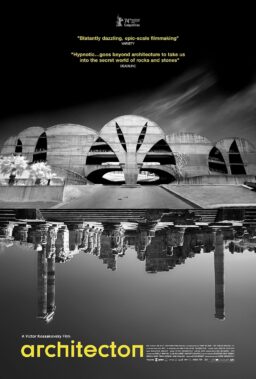Pixar’s new release is “Coco,” inspired by the Mexican holiday Dia de Muertos, when people share family stories and invite the spirits of their ancestors to visit. In the film, Miguel (Anthony Gonzalez) makes a journey to the dazzlingly animated Land of the Dead and finds his family, who must give him their blessing so he can return home.
In an interview with RogerEbert.com, co-writer/co-director Adrian Molina talked about the fun and the challenge of animating skeletons and how celebrating those who are gone is a way of celebrating life.
Is Pixar going to make us all cry again?
If you have a heart I think so. But it’s also going to make you laugh. We’re putting all the emotions into this one.
I was impressed with the distinctive and very endearing skeleton characters you created.
People initially think of skeletons as spooky and scary and I think a lot of that kind of comes from the fact that maybe they all look the same. Deep down underneath we’re just these anonymous piles of bones, which made it all the more important that for this film we really needed them to be characters and we needed them to be specific and expressive and lovable. So the way we went about doing that is we created characters out of them. They each have their own outfit that says something about them about who they were when they were alive. They’ve got really expressive faces and a sense of humor. They’re family members. They’re ancestors. All of that created design challenges to make sure they fun they to watch. So much of how engaging they can be comes from the eyes. We knew a lot of skeletons aren’t represented in film history with eyes and that gives you an effect but once you give them the eyes it really is the window to the soul. All of a sudden you have this connection to someone when you look in their eyes and so that was very important for the skeletons as well.
The way you manipulated the bones took me back to Disney’s early Silly Symphonies cartoons with the dancing skeletons.
We had that Silly Symphonies story on loop as we were in the early stages of development because it’s a really great way to remember the type of fun you can have and the type of humor that’s specific to characters who aren’t held together by anything. All of a sudden that’s a completely different way of interacting with the world because you can fall apart or be pulled apart at any moment. So maybe you could use that in certain circumstances or maybe it becomes a problem in other circumstances. We’re always looking for the humor and the thing that makes our world unique and skeletons really bring that in spades.
What was the biggest animation challenge?
There are so many complicated moments in this film. When you’re pitching it, and even when you’re creating it, you don’t really know whether or not it’s possible. The skeletons are one example. There are certain moments where they completely fall apart and come back together and it’s so many pieces to keep track of. We put an animator on one for three weeks because it’s such a complicated shot. The world that we’ve created is this gorgeous vertical world that’s filled with generation upon generation and it’s populated by thousands and thousands of skeletons. To be able to create something of that scope and that beauty is just a challenge that we have never encountered before. So it took a lot of creative thinking to be able to bring that to fruition but over and over we’ve had these challenges that have seemed really tough but really creative really artistic minds have kind of stepped up to the plate and made this one of the most stunning movies that I’ve ever worked on.
And then there is the tongue of Dante, the street dog who accompanies Miguel. It’s the opposite of a skeleton, all moveable.
A lot of that is inspired by the research. Dante is a Xolo dog and that’s short for Xoloitzcuintli, the national dog of Mexico. In real life they have a propensity to lose their teeth which results in their tongues kind of lolling out of their mouth. We thought that was a cute and charming detail for Dante. That was a technical challenge, that’s another one of those things that might seem easier than it actually was but we depended a lot on the breakthroughs that we made in Finding Dory developing Hank’s tentacles. There are so many dimensions a tongue; it’s the strangest muscle in that it’s not constricted by movement in any particular direction. It can do anything.
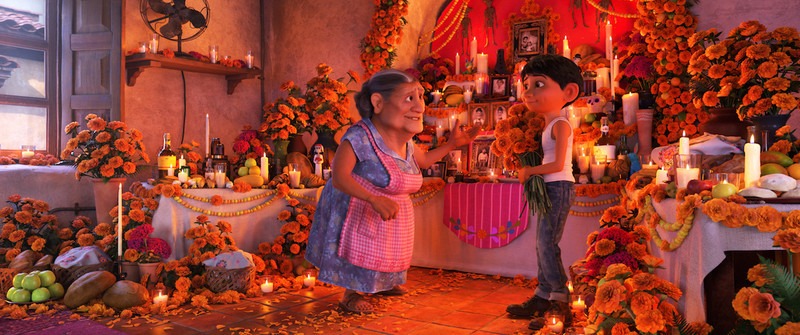
It is very unusual to name a film, especially a children’s film, after a character who is not in most of the movie, especially a very elderly woman with dementia. Tell me about Miguel’s great-grandmother, Coco.
So much of this film is about family and the importance of family and being connected to your family. A good part of my upbringing as a Mexican-American was in a multi-generational family and there are challenges when you have a household full of kids and adults and elderly people, and sometimes those challenges are age-related disabilities like dementia or limited mobility. Being upfront about those things really brings into focus the value of that family connection that even when it’s hard, the thing that you hold on to are those family relationships and the fact that you are there for each other. I love that Miguel lives in this multi-generational family and he’s got a great-great grandmother. He describes it “sometimes Mama Coco forgets things but that’s okay I still tell her everything” because it’s important to feature the hard parts of being a family. That is what makes it all worthwhile; those show us what it means to be there for each other through thick and thin.
I loved the effects at the very beginning of the movie with the paper doilies illustrating the background of the story. Where did that come from?
This art form is called papel picado and they are the cutout paper flags that you’ll see for all sorts of celebrations in Mexico, especially for the Day of the Dead. It’s such a beautiful art form and we needed a way for Miguel to talk about a history that he wasn’t there to witness. These are just stories that he heard growing up about his great-great grandmother Imelda and the family history. So we thought, “Oh, what a beautiful way to express a young kid’s understanding of the family history than in this folk art form that really kind of boils these moments down into these kind of symbolic elements.” It was just a great moment to marry the culture and the folk art and the storytelling in a way that is completely unique to this film.
It’s also unusual to do a movie for kids and families that deal so forthrightly the topic of death; so what do you want the families to take from this?
On the Day of the Dead you will see a lot of imagery of skeletons taking part in everyday activities, riding bikes or driving cars and that kind of thing. What I think is so beautiful about this celebration is it’s really about the joy of celebrating the lives of the people you loved and keeping them in your memory. I hope people who see the film talk about those fond memories and share those stories, maybe something that they never had the opportunity or never thought to share with each other. I hope it gives them the freedom to just really live in the joy of their family and the people who came before them and the ancestors who maybe the little kids never met but maybe they remind the parents of and talk about those types of things. I always say if people leave the theater and if their first impulse is to call up their grandmother or call up their great-great grandmother, and ask them for stories about their childhood and stories about how they grew up, and to learn where they came from, we will have done a good job.

